Helping Cordyline Survive Winter: ‘Cold And Wet Weather, Combined, Is Lethal’
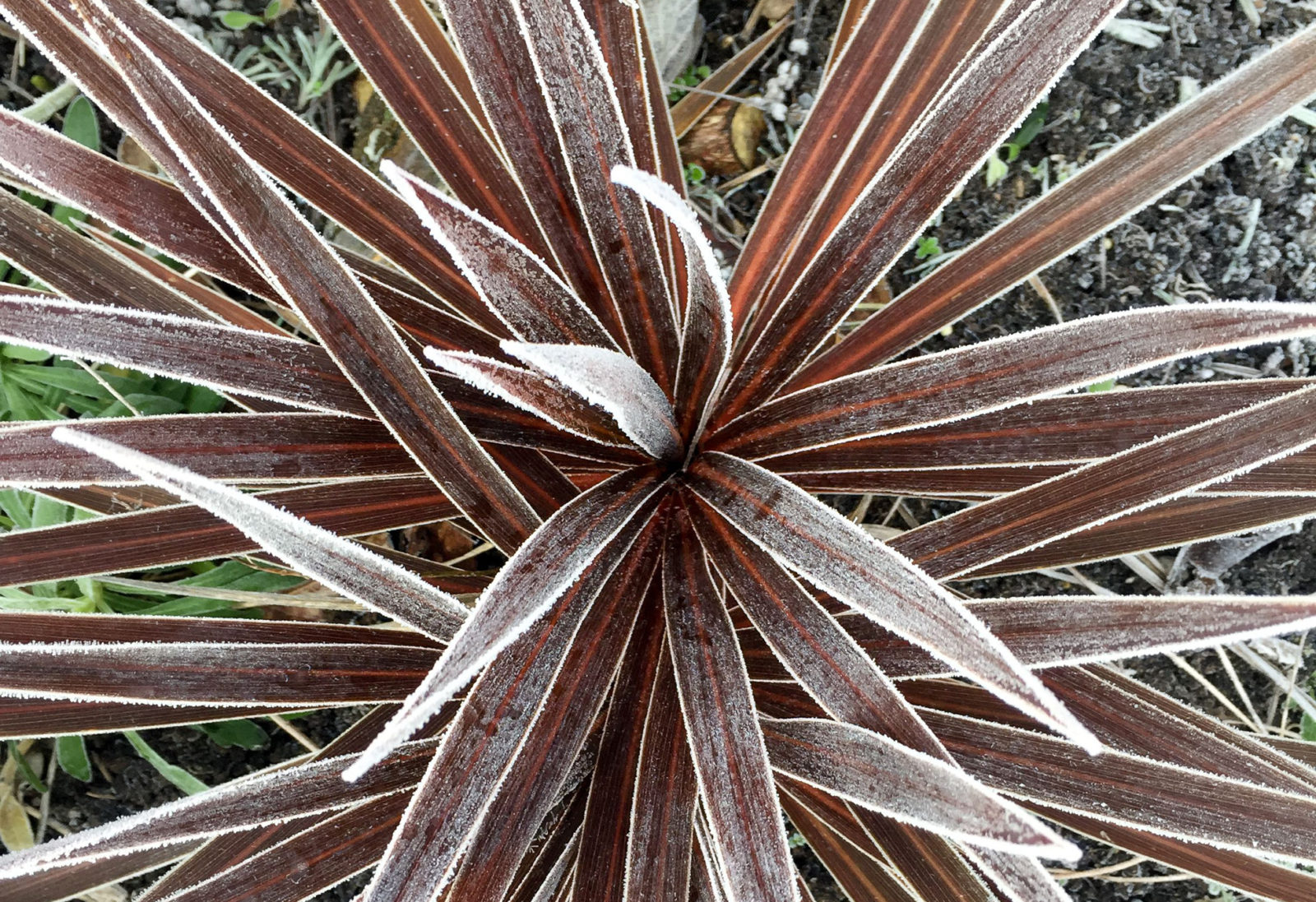
SHRUBS > CORDYLINE > OVERWINTERING
Reviewed By PETER LICKORISH

Peter is a Horticulture Lecturer and self-employed Horticulturist, with a passion for diverse areas of the industry - from garden design to the science behind plant growth and propagation. He has completed the Royal Horticultural Society’s Master of Horticulture (MHort) Award and lectures on RHS courses at Bedford College.
IN THIS GUIDE
CORDYLINE GUIDES
Container Growing
Leaves Changing Colour
Overwintering
Propagation
Pruning
Revival
Varieties
If you’re in the UK and you have a cordyline, the winter care you give your plant depends on the hardiness of the variety, the region you live in and the plant’s age.
Even the hardiest of cordylines, most of which are small trees, are only hardy to H3, which means they should not be subject to extended temperatures of more than a few degrees (Celsius) below freezing.
Depending on your region in the UK, the larger, semi-hardy cordylines may be grown in open ground.
This is possible if the temperature dips just a little below 0°C now and then in your region.
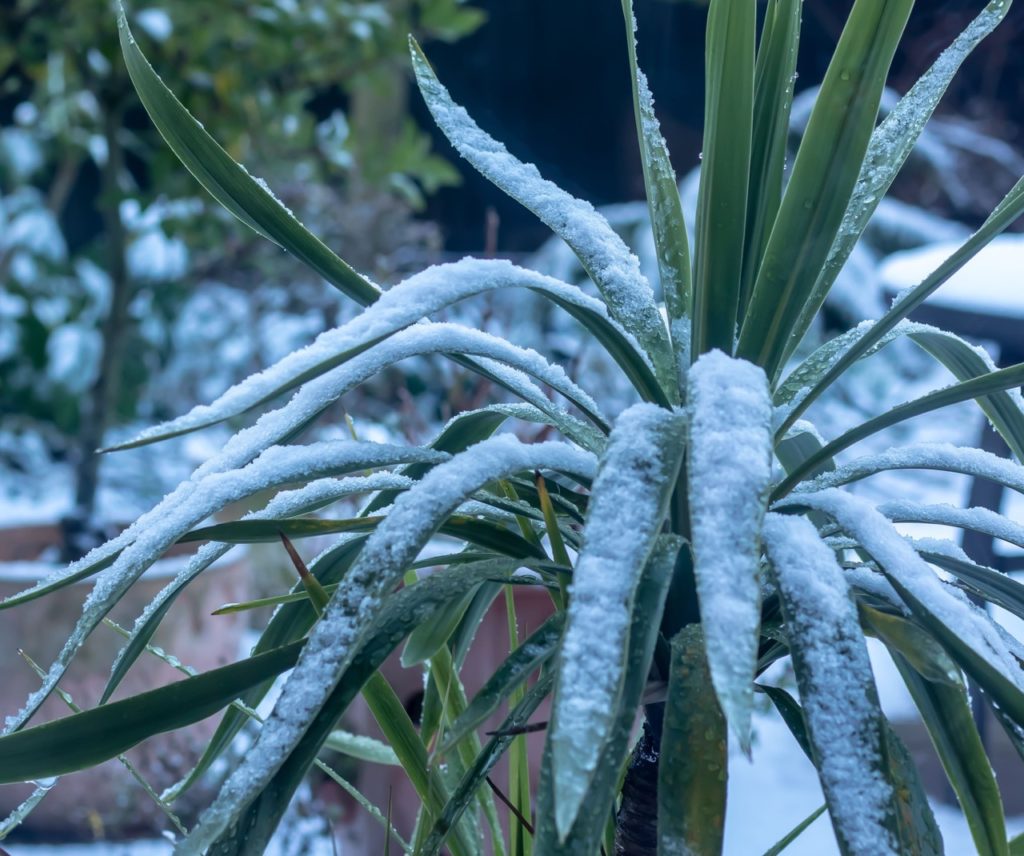
However, for smaller, more tender varieties, it won’t be possible to keep these alive over winter here in the UK, so these will need to be grown in containers and moved indoors during the colder months of the year.
No matter which type of cordyline you have and whether it is a container plant or growing in open ground, you can take various measures to care for it during winter:
- Bring tender potted cordylines indoors.
- Place these indoor varieties in a suitable spot.
- Make sure your outdoor-grown cordyline is in a good location.
- Provide additional care for your outdoor specimen.
These measures are explained in more depth below.
| Difficulty | Easy to Medium |
| Equipment Required | Gardening gloves |
| When To Overwinter | Autumn-spring (between the first and last frosts) |
1) Bring Tender Varieties Indoors
Tender potted cordylines, with a hardiness number below H3, may be kept outdoors in summer when the weather is warmer.
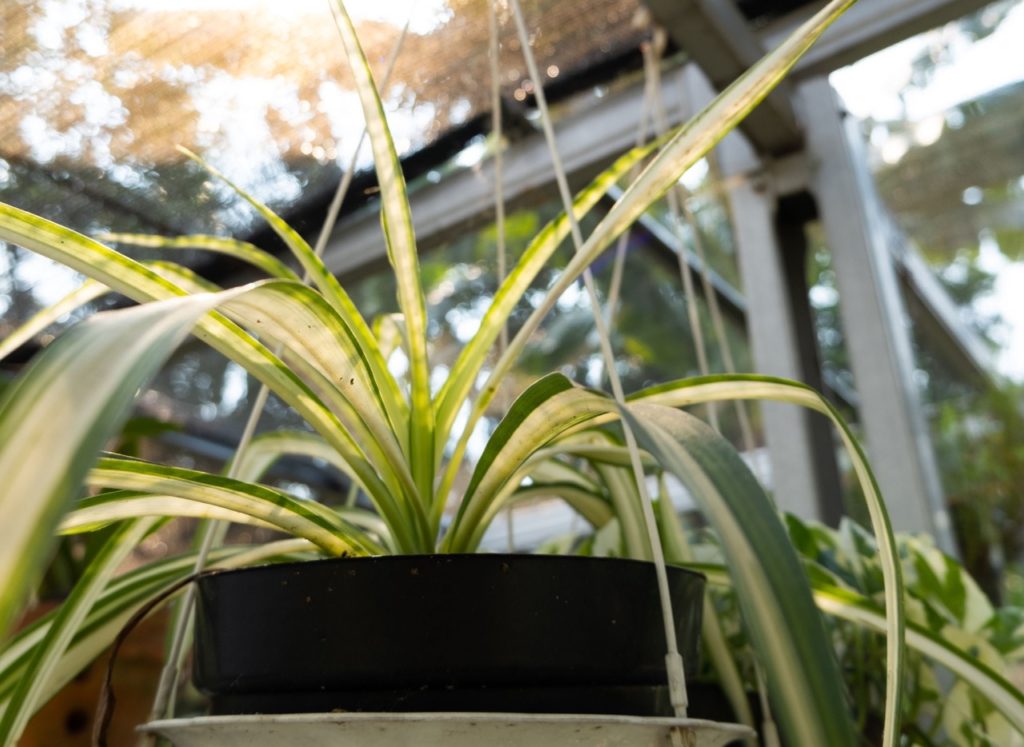
However, before the first frost, they should be brought indoors.
Indeed, this step should be taken if you anticipate even a few days of sustained temperatures below 10°C.
2) Find A Suitable Spot
Even though you may bring your cordylines indoors for the winter, these somewhat fussy plants should not be placed in an unsuitable spot.
They will do best in a spot with normal room temperature and will be perfectly content if the spot is a little cosy, but undue temperature fluctuations should be avoided.
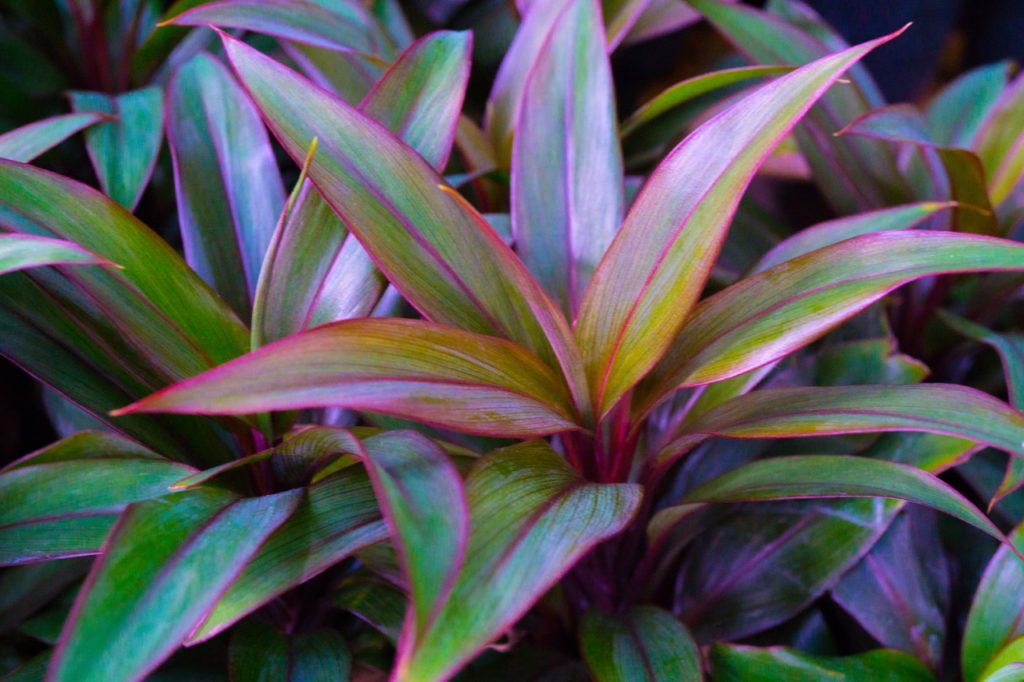
Furthermore, these plants should not be placed near a vent, be it an air-conditioning vent or a heating one, or where they may suffer chilly drafts.
3) Transplant Outdoor-Grown Types
Provided you live in a relatively temperate region of the country, a semi-hardy cordyline may be transplanted in open ground.
For the plant to survive winter after winter in the UK, you need to get a few variables right in the first place.
First, the variety should have a hardiness rating of H3 or better.
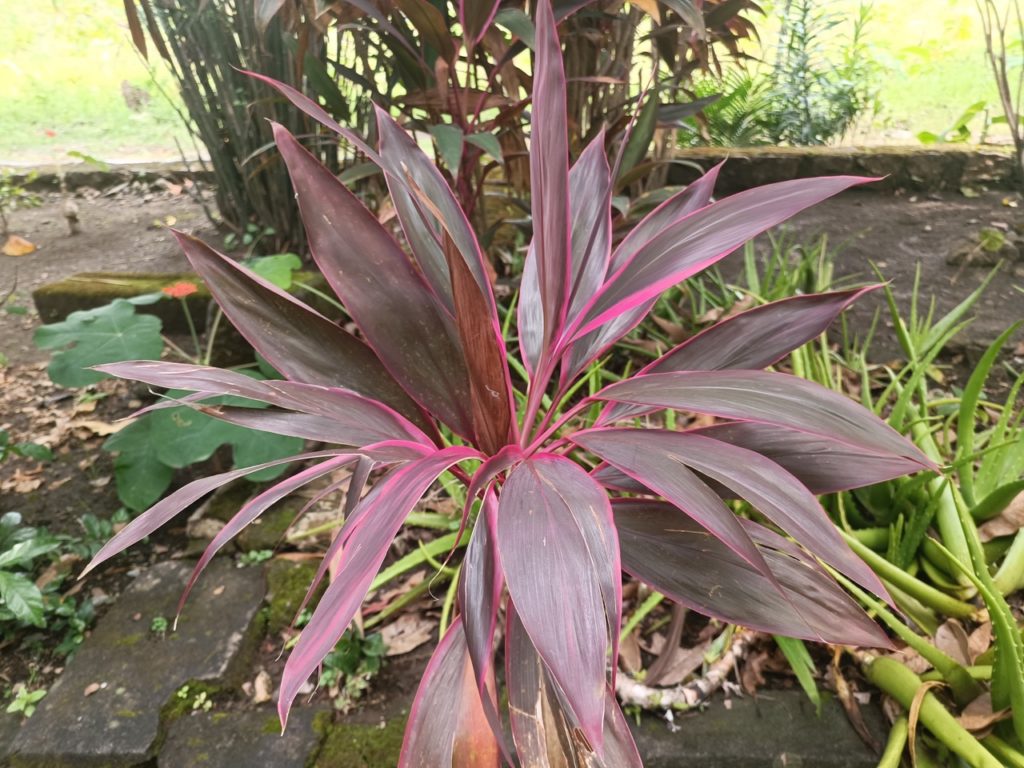
Transplant only after the plant is 3 or more years old in mid to late spring.
Finally, the plant should be sited in a sheltered spot which drains well.
It should enjoy full sun but can cope with some partial shade if the aspect is not north-facing.
4) Provide Care For Outdoor Varieties
Before the first frost and the advent of winter rains, place a 10cm layer of mulch around the plant, leaving a few centimetres around the main stem.
A leaf, straw, hay, or wood chip mulch is a good option.
Cordylines must be protected from the soggy ground especially in winter, as these conditions can prove fatal.
If heavy or prolonged showers are anticipated, lay a sheet of plastic or tarp around the base of the plant, angled slightly with bricks or rocks underneath, so that rainwater runs off and away from the plant.
These plants need to be well protected from frost, snow, freezing rain and icy blasts.

When this type of weather is likely, wrap the main stem from the ground and also as much of the lower foliage as you can cover.
Horticultural fleece is best, but burlap, sacking or an old blanket will do.
Do not leave these wrappings on any longer than necessary and certainly not for days at a stretch, as the plant will not be able to breathe and may start to rot.
As soon as you see a mild sunny day, remove the wrappings.
Wrap the plant again in the evening and, if the following day is another pleasant one, remove the wrappings again.
“Any leaves outside the wrappings will need to be knocked to dislodge any snow that accumulates on them,” says Horticultural Lecturer Peter Lickorish.
What Not To Do
Do not fertilise these plants at all from mid-autumn to early spring or prune them in any way during autumn and winter.
Whether your cabbage palms are indoor plants or open-ground ones, water them only now and then during winter to hydrate them.
Simply ensure that the soil and the roots do not dry out completely or stay dry continuously.
“Cold and wet weather, combined, is lethal,” says Peter.

“If planting Cordylines outdoors, make sure they are planted no deeper than their original pot level and thoroughly fork the soil first, to ensure good drainage.
“Consider having a camber in borders, so that soil slopes gently to the edge, such as where it meets a lawn.
“This ensures that rain does not puddle in the border.
“The more brightly coloured the leaves, generally the more protection it will need.
“If foliage should go brown, leave this in place until well into spring, to protect and insulate the lower parts of the plant.”

